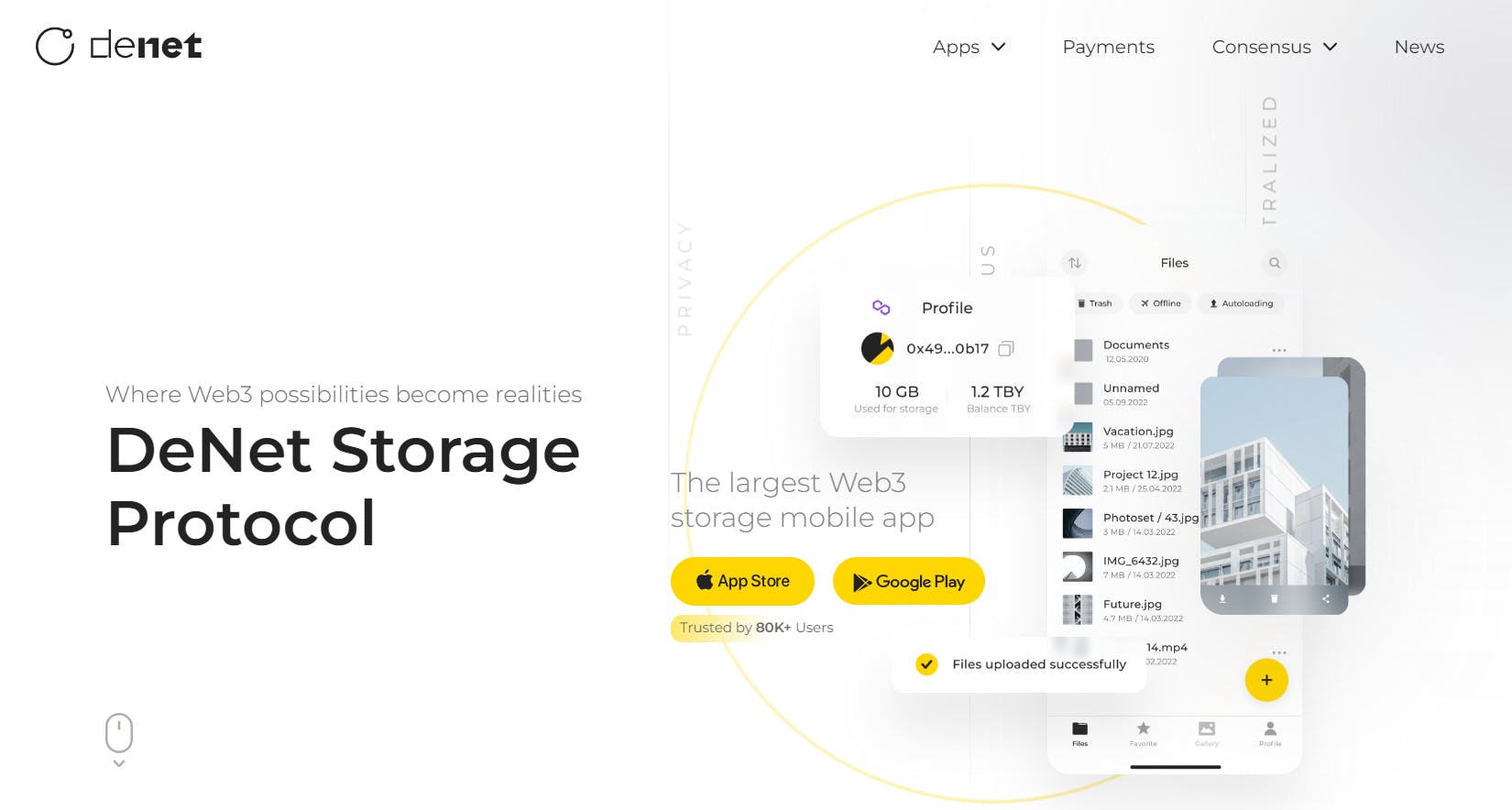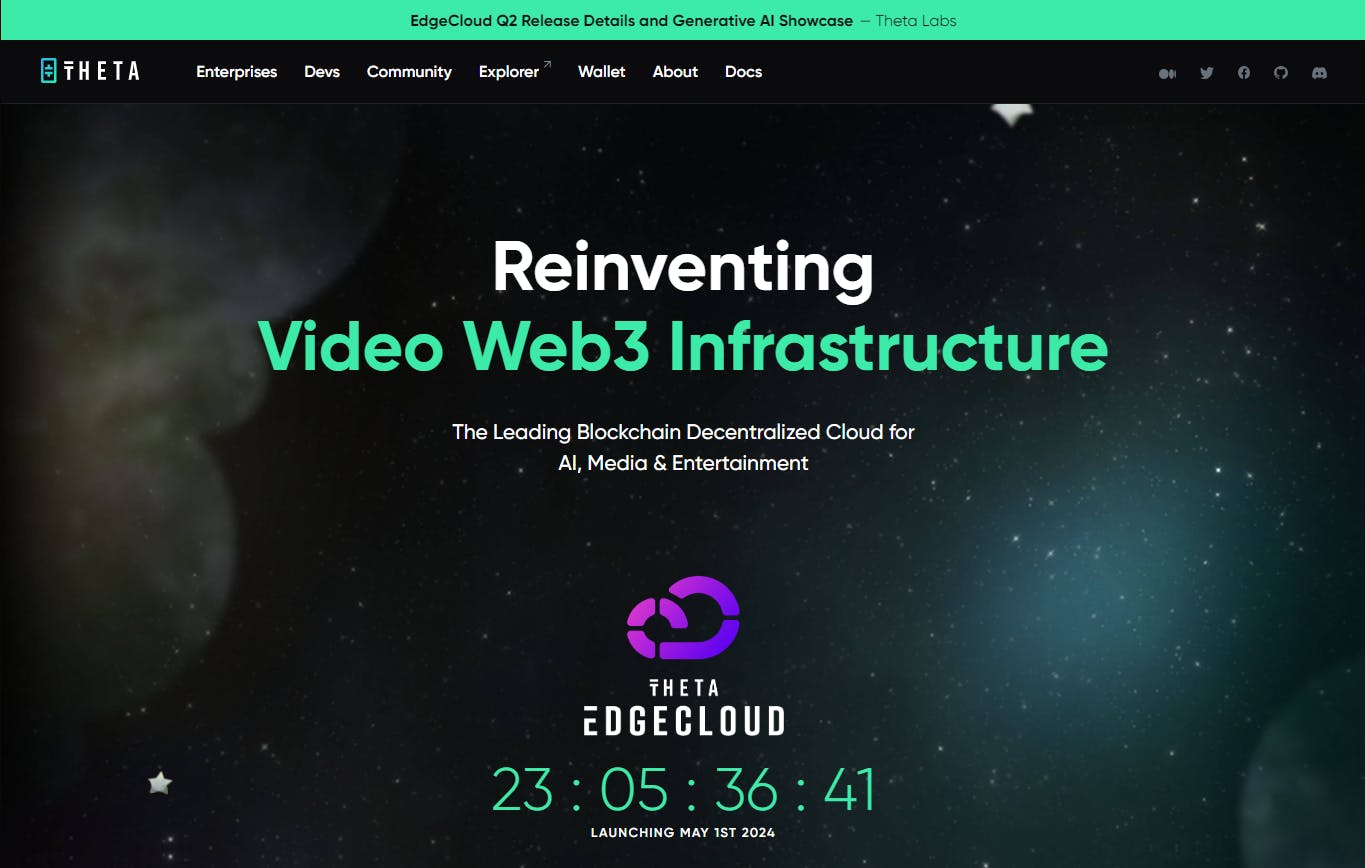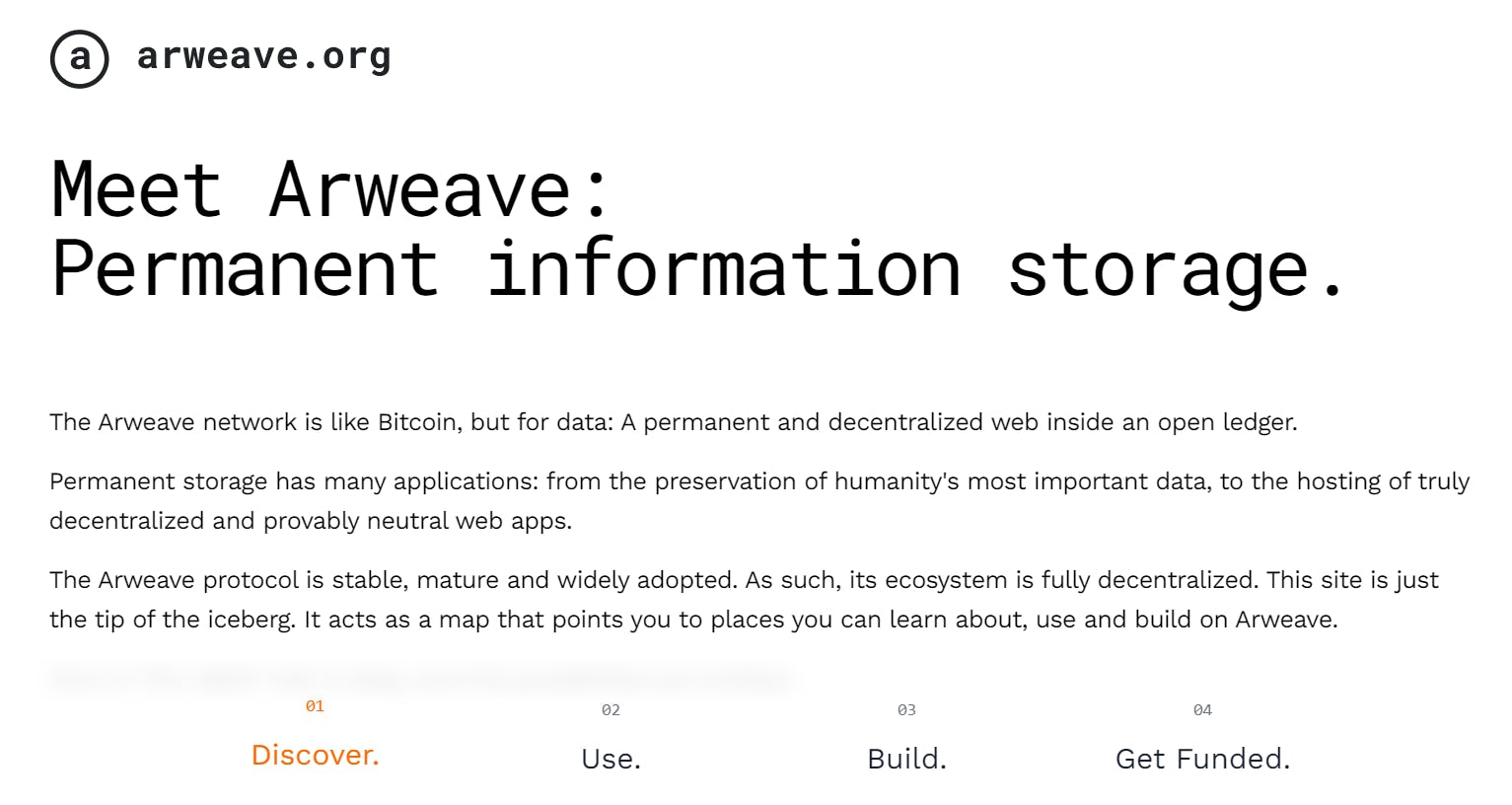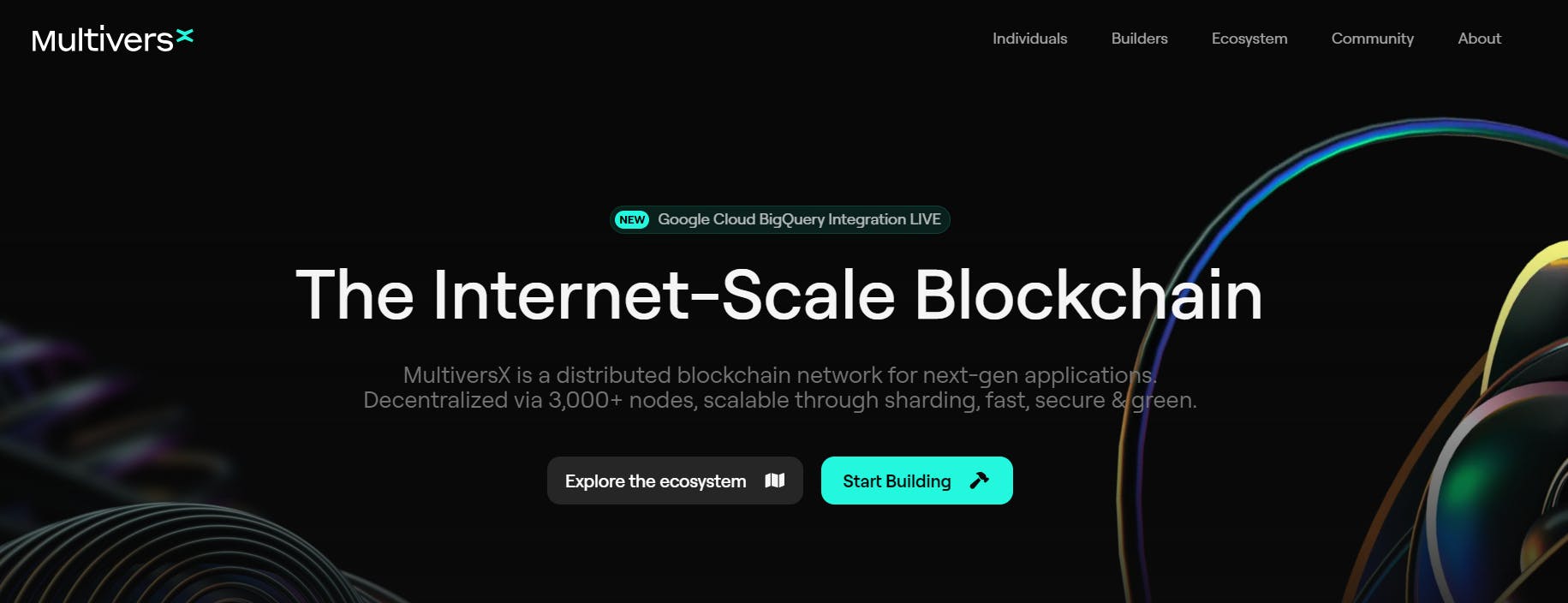The world is becoming increasingly digitized, mainly due to the need for processing power and computing resources. This trend has been even more pronounced since the COVID-19 pandemic, which has led to a rise in remote work. Companies and individuals are turning to cloud computing services to comply with social distancing measures, reduce office maintenance, and maintain productivity. However, traditional cloud services have security vulnerabilities and high costs, primarily because of market concentration among major providers like Amazon, Google, Microsoft, and Alibaba.
Decentralized or peer-to-peer cloud computing models have emerged to address these issues. These solutions use nodal blockchain-based networks to enhance security and reduce censorship. Despite sharing a common ideology, these solutions differ in their approaches. In this article, we will explore the leading decentralized computing initiatives, examining their distinct features, benefits, and how they advance the cause of accessible computing resources in today's digital age.
1. Akash Network

Greg Osuri founded Akash Network, an open-source, decentralized cloud computing platform. Known as the “Airbnb for cloud computing,” Akash is an open Supercloud network that makes it easy to scale and access services around the world rapidly. It uses a "reverse auction" system, where customers submit their desired price and providers compete for the business. According to Akash, this often results in prices that are up to 85% lower than those of other cloud systems.
Akash is owned and managed by its community. It is a free public service, and the source code that powers it is available to everyone. It is built on dependable technologies like Kubernetes and Cosmos, and the community oversees all aspects of Akash — including decisions about what new features should be implemented.
2. Spheron Network

Spheron Network is a decentralized computing platform that strives for fairness, making distributed resources accessible to all. Spheron Compute presents a robust and cost-effective alternative to centralized cloud services, priced at just one-third of the traditional cost. The goal is to democratize public cloud access, offering a more sustainable model for computing. The Spheron platform allows organizations and developers to deploy, run, and scale based on their needs, free from the limitations of centralized cloud environments.
Spheron satisfies compute requirements: private images, auto-scale instances, Scale on demand, Real-time instance metrics, Faster GPUs, Free Bandwidths, Terraform Providers and SDKs, Instance health checks, activity, shell access, and more. Spheron provides add-on storage solutions through its global CDN for long-term data storage and edge bandwidth acceleration. With Spheron, you can easily set up your nodes in just a few minutes and enjoy low maintenance and operations costs and a great developer experience.
This results in significant customer benefits, simplifying access to a wider range of powerful computing and distributed resources at the edge, and enhancing availability, proximity, and cost efficiency.
3. DeNet Storage

Launched in 2017, DeNet is a decentralized storage protocol allowing the utilization of global spare storage, thereby eliminating centralized data centers. Built on blockchain and Web3 principles, it guarantees unmatched file security; files are fragmented, encrypted, and can only be decrypted by the owner. Users enjoy enhanced privacy, as personal data isn't required, and files are stored in a resilient, decentralized network.
4. Media Network

Media Network is a content delivery network that hopes to provide a marketplace for decentralized, peer-to-peer bandwidth. Users can utilize Media Networks services to hire bandwidth-on-demand from decentralized providers. Developers can earn $MEDIA rewards for contributing their bandwidth to the network. The protocol allows network participants to serve content without introducing trust assumptions or pre-authentication requirements.
5. ChainJet

ChainJet provides an extensive collection of well-tested automation modules for web3 protocols, dapps, and developer tools. Users can utilize this collection of automation modules to reduce the time it takes for them to do certain repetitive processes or workflows. Developers can create their own modules and add them to the collection for other users to take advantage of. ChainJet has 8 blockchains supported and integrates with hundreds of population dapps and web3 protocols.
6. Internet Computer

The Internet Computer blockchain incorporates a radical rethink of blockchain design powered by innovations in cryptography. It provides the first “World Computer” blockchain that can be used to build almost any online system or service, including demanding web social media, without the need for traditional IT such as cloud computing services. As such, it can enable full end-to-end decentralization.
7. Filecoin

The project was first described in 2014 as an incentive layer for the Interplanetary File System (IPFS). In this peer-to-peer storage network, users pay for data storage and distribution services in $FIL. Filecoin is an open protocol backed by a blockchain that records commitments made by the network’s participants, with transactions made using FIL, the blockchain’s native currency. The blockchain is based on both proof-of-replication and proof-of-spacetime.
Filecoin is open-source and decentralized, which means that all governance is in the hands of the community. On the Filecoin platform, developers can create cloud file storage services like Dropbox or iCloud. Anyone can join Filecoin and start storing their data or earn money by providing space for someone else's funds. The creators of Filecoin opted for their blockchain technology to run the network and their token with their consensus.
8. Render Network

RenderToken (RNDR) is a distributed GPU rendering network built on top of the Ethereum blockchain. It aims to connect artists and studios needing GPU compute power with mining partners willing to rent their GPU capabilities. OTOY, Inc. conceived it in 2009.
CEO Jules Urbach and launched in 2017, RNDR held its first public token sale in October of that same year, followed by a private sale period lasting from January 2018 – May 2018, wherein a total of 117,843,239 RNDR were sold for 1 RNDR = $0.25 USD equivalent of the token. During the private sale period, early adopters were onboarded onto the RNDR Beta Testnet, where beta node operators and artists worked collaboratively with the RNDR team to build and test the network until its public launch on April 27th, 2020.
9. Bittensor

Bittensor is an open-source protocol that powers a decentralized, blockchain-based machine-learning network. Machine learning models train collaboratively and are rewarded in TAO according to the informational value they offer the collective. TAO also grants external access, allowing users to extract information from the network while tuning its activities to their needs.
10. Theta Network

Theta is a "dual network" consisting of two complementary subsystems, the Theta Blockchain and the Theta Edge Network.Theta proof-of-stake blockchain provides payment, reward, staking, and smart contract capabilities, while the Edge Network is responsible for the computing, storage, and delivery of video streams, AI tasks, and other scientific, simulation, and financial modeling use cases. There are two native cryptocurrencies on Theta blockchain: THETA, the staking and governance token, and TFUEL, which are used as gas for all transactions and on-chain smart contract interactions. The next-generation Edge Network, Theta EdgeCloud, is the first hybrid cloud computing platform built on a fully distributed architecture, set to launch later in 2024.
11. Arweave

Arweave is a decentralized storage network that seeks to offer a platform for indefinite data storage. Describing itself as "a collectively owned hard drive that never forgets," the network primarily hosts "the permaweb" — a permanent, decentralized web with a number of community-driven applications and platforms.
12. MultiversX

MultiversX is a blockchain protocol that offers true horizontal scalability by using all aspects of sharding (Network, Transaction, & State). The project describes itself as a technology ecosystem for the new internet, which includes decentralized finance, real-world assets, and the Metaverse. Its smart contracts execution platform is reportedly capable of up to 100,000 transactions per second, 6-second latency, and a $0.002 transaction cost.
MultiversX is governed and secured through the EGLD token. EGLD, or Electronic Gold, is MultiversX's native token. It acts as a store of value currency to pay for network usage. The coin also serves as a medium of exchange between platform users and validators. Users pay transaction fees in EGLD, and validators participate in the consensus process.
13. BitTorrent

BitTorrent is a popular peer-to-peer (P2P) file-sharing and torrent platform which has become increasingly decentralized in recent years.
Originally released in July 2001, BitTorrent was purchased by blockchain platform TRON in July 2018.
Since its acquisition, BitTorrent has added various new tools, with a dedicated native cryptocurrency token, BTT, released in February 2019. BTT was launched on TRON’s own blockchain, using its TRC-10 standard.
According to its official literature, BitTorrent is currently the “largest decentralized P2P communications protocol” in the world.
14. Helium

Helium (HNT) is a decentralized blockchain-powered network for Internet of Things (IoT) devices.
Launched in July 2019, the Helium mainnet allows low-powered wireless devices to communicate with each other and send data across its network of nodes.
Nodes come in the form of so-called Hotspots, a combination of a wireless gateway and a blockchain mining device. Users who operate nodes thus mine and earn rewards in Helium’s native cryptocurrency token, HNT.
Helium’s goal is to prepare IoT communication for the future, identifying inadequacies in current infrastructure from its birth in 2013.
15. AIOZ Network

AIOZ Network is a DePIN for Web3 AI, Storage, and Streaming. AIOZ empowers a faster, more secure, and decentralized future.
Powered by a global network of DePINs, AIOZ rewards you for sharing your computational resources for storing, transcoding, and streaming digital media content and powering decentralized AI computation.
16. IoTeX

Starting as an open-source project in 2017, IoTeX has built a decentralized platform to empower machines to use open economics. In this open ecosystem, people and machines can interact with guaranteed trust, free will, and properly designed economic incentives.
With a global team of over 40 research scientists and engineers, IoTeX has built their EVM-compatible blockchain from scratch using the innovative Roll-DPoS consensus and launched in 2019 April, which has been running by 100+ delegates worldwide and has processed more than 10 million transactions already. On top of the IoTeX blockchain, the team has built the essential blocks of infrastructures to connect with Ethereum, BSC, and Heco blockchains, such as ioPay wallet (https://iopay.me/) and ioTube bridge (https://iotube.org/), which serve ten thousands of users. IoTeX helps EVM-based DApps scale without concerning expensive gas fees!

